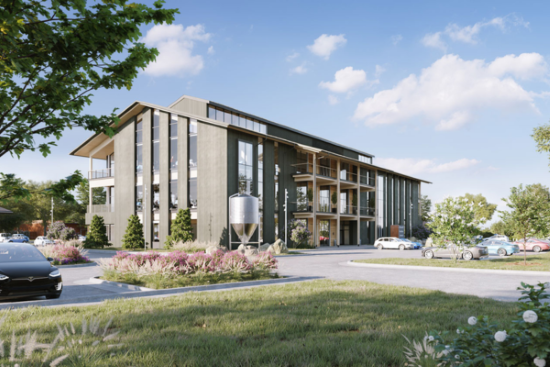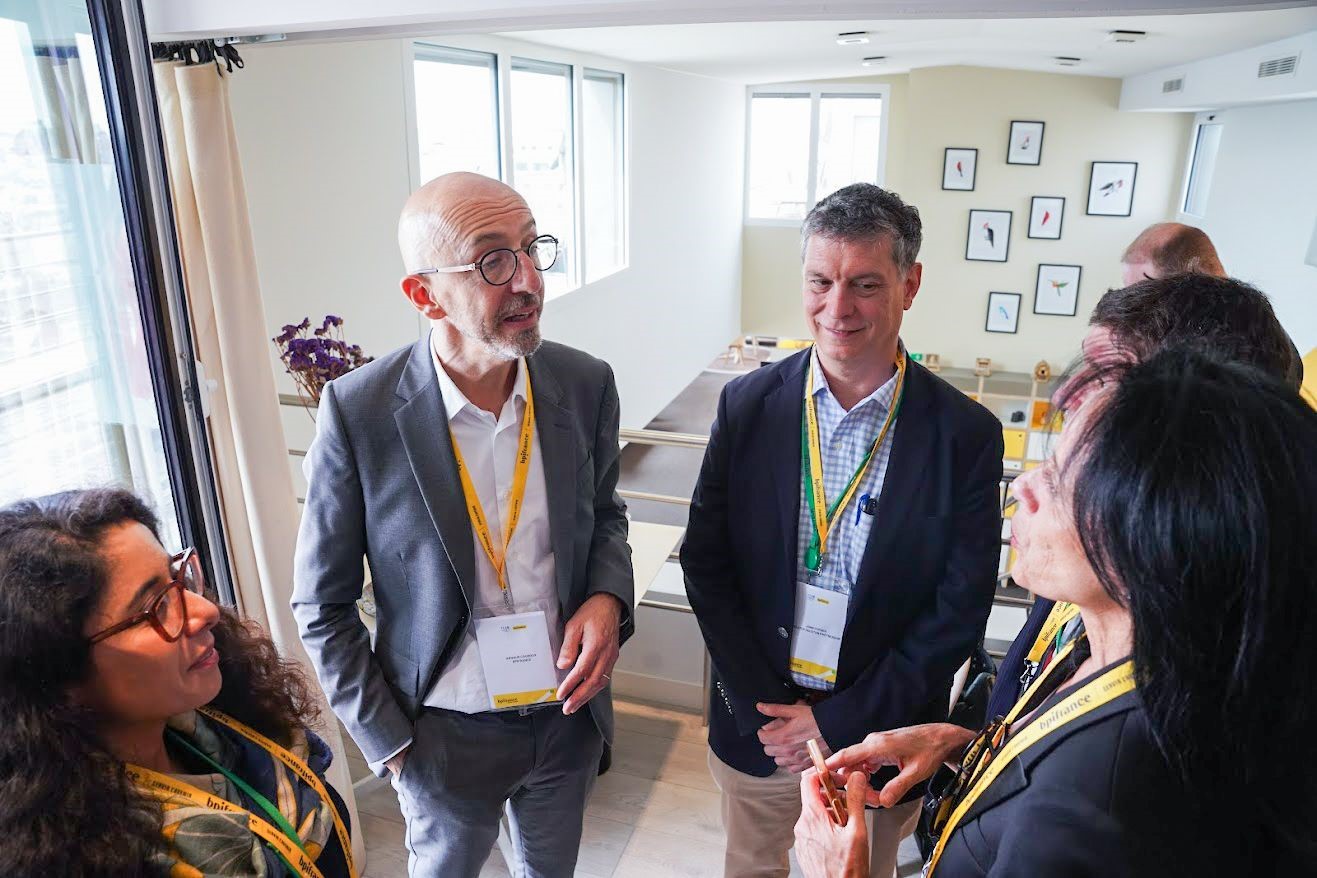Bridgeland’s 925-Acre Urban District Taking Shape, Driving Growth in Cypress
Published Feb 29, 2024 by Hailea Schultz
A groundbreaking 925-acre urban district situated in the heart of Bridgeland, Cypress’ massive master-planned community, is beginning to take shape as construction commences on its mixed-use development.
Spanning 70-acres, Village Green at Bridgeland Central aims to redefine Houston’s Northwest market, offering more than 28,000 square feet of retail and restaurant space, as well as a 100,000-square-foot H-E-B and 49,000-square-foot sustainable office building dubbed One Bridgeland Green.
According to Bridgeland’s website, One Bridgeland Green will be the region’s first mass timber office development. Designed to reduce 20 percent of greenhouse gas emissions and 80 percent of its annual water consumption, the building sets a new standard for the future of eco-friendly workspaces.
Village green will service nearby residents of the district’s already developed apartment complex Starling at Bridgeland, which opened in 2022, and its 150-unit townhome community Highland Homes.
Although its urban district is still in the early stages of development, Bridgeland has been steadily evolving since 2003. The 11,500-acre master-planned community has since garnered significant acclaim for its array of residences, schools and abundance of outdoor amenities.
Ranking amongst the top five bestselling master-planned communities in the nation, Bridgeland has witnessed a remarkable surge in new home sales, reaching a 74 percent increase year-over-year, according to real estate consultant firm RCLCO. With this momentum, the community is poised to reach its full build-out potential, accommodating an estimated 70,000 residents in the near future.
As Bridgeland continues to revolutionize living in greater Houston, the community's innovative and family-friendly landscape draws the attention of businesses, developers and new residents, driving substantial growth to the area.
According to Community Impact’s analysis of the U.S. Census Bureau’s American Community Survey, Cy-Fair grew by more than 52,000 residents from 2016-2021, marking a 9.4 percent increase in five years.
To accommodate growth, the Grand Parkway from I-10 to U.S. 290, which opened in 2013, is expected to be widen in 2026, improving mobility. Cy-Fair ISD is also responding to the increasing demand for education services by opening two new schools.
As developers add more homesites and mixed-use developments to the area, companies are taking note in hopes of establishing a presence where people can live and work. Last year, Chevron acquired more than 77 acres of undeveloped land in Bridgeland for a possible research and development campus.
“Chevron is attracted to the opportunities Bridgeland has to offer and views this acquisition as a strong addition to our asset portfolio,” Daniel Abate, head of Chevron’s corporate real estate, told the Houston Chronicle.
Discover more about Houston’s neighborhoods and communities.
 The Houston Report
The Houston Report






















